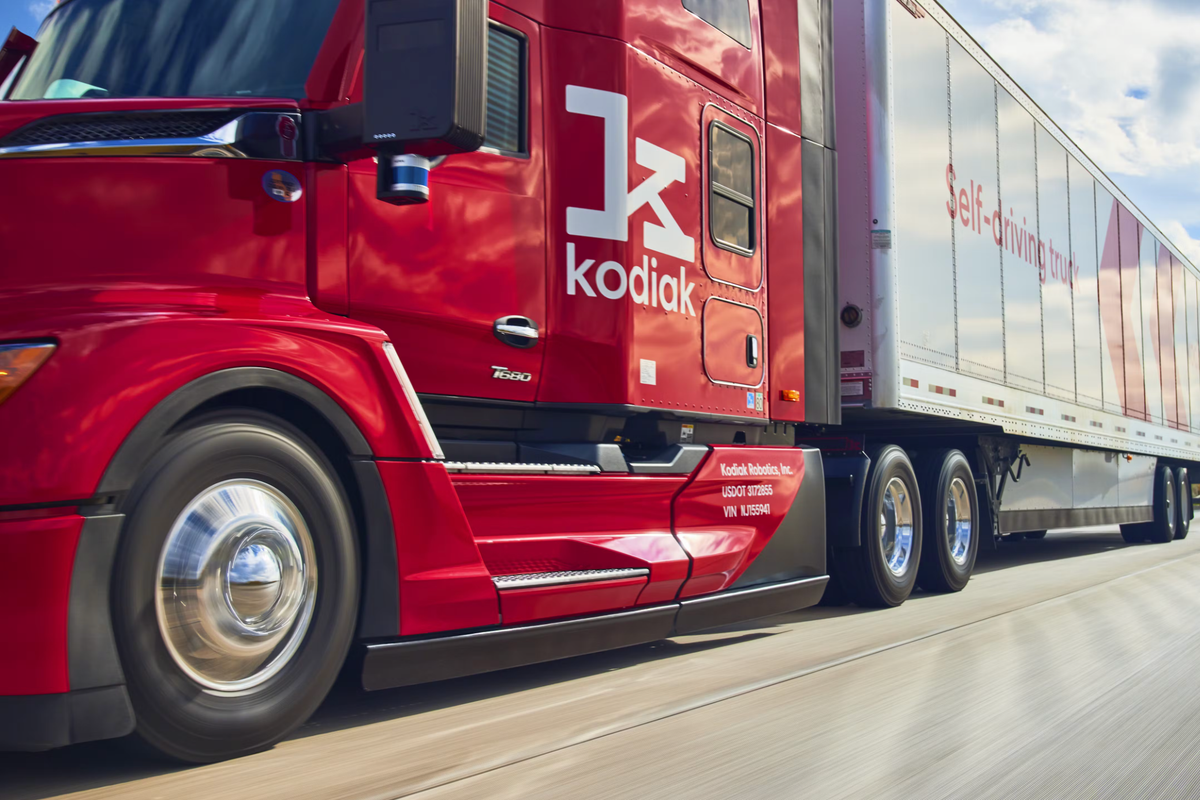Houston expert: How to celebrate National Entrepreneurship Month by recruiting, retaining talent
guest column
As November marks National Entrepreneurship Month and Small Business Saturday awaits Nov. 25, it is the perfect time to acknowledge and celebrate the contributions of small businesses to the U.S. economy.
According to the U.S. Small Business Administration, small businesses with 500 or fewer employees have accounted for two thirds of employment growth in the past quarter century. Further research from the Small Business Administration shows Texas alone is home to 3.1 million small businesses, making up 99.8 percent of Texas businesses overall and 44.5 percent of Texas employees.
The numbers are particularly impressive considering the unique business challenges entrepreneurs and small businesses have faced. In a tight labor market, competition for talent remains fierce, and small businesses and startups especially must rely on recruiting strong candidates to generate results. Yet entrepreneurs are often passionately focused on their product or service, which can obscure the finer details of their people management strategy.
Fortunately, there is a way for entrepreneurs to succeed both as business and people leaders. By providing learning and development opportunities, competitive compensation plans and an exceptional workplace culture, they can create an engaged workforce that shares their vision that can be competitive and even win the fight for top talent.
Learning and development opportunities
Especially for a small business, ongoing professional learning and development (L&D) is essential for teams to stay competitive. A robust L&D program also expands the talent pool by creating the possibility of hiring promising candidates who need to acquire additional skills for the role. L&D opportunities can also improve retention. According to 2022 research from McKinsey, lack of career development and advancement opportunities is one of the biggest factors driving employee attrition.
Leaders should assess the needs of their teams to determine the most important areas for L&D. These areas should help employees to develop core competencies necessary for business success, such as teamwork, problem solving and leadership. Offering a variety of options is best practice so employees can develop a wide range of skills, as is leveraging learning opportunities that exist through the normal course of work, like job shadowing and cross training. Tapping into existing experience and knowledge via in-house talent is another resource that can help promote learning and development through mentoring and collaboration.
Compensation and benefits
Working at a small business or startup offers many benefits to professionals in search of a fast-paced environment. However, compensation remains a critical piece of the puzzle for entrepreneurs who want to recruit and retain top talent. A 2022 survey from LinkedIn revealed 89 percent of employees said salary range was the most helpful element in a job description when deciding whether to apply.
While businesses need not disclose their salary bands in a job application, except as required by law, competitive compensation is an important factor for successful recruitment. Small businesses should research the market rate for each position in their organization and conduct a pay audit to understand whether current employees are being compensated fairly. Organizations with positive results should consider mentioning “competitive compensation and benefits package” in job ads or on their website.
For leaders who discover their pay is noncompetitive in their industry, it may be time to reevaluate budgets and create a plan to align salaries with the market averages. Salary growth does not need to happen overnight but can be a part of the bigger picture of recruiting and retaining talent. Leaders can also communicate the total compensation when factoring in the overall value of employer contributions provided in addition to salary, including things like bonuses, paid benefits and 401k contributions, wellness perks, etc.
Organizational culture
Company culture is a foundational element to recruiting and retaining top-tier talent. Research from Gallup found employees who feel connected to their organization's culture are 55 percent less likely to watch for job openings or actively seek out a new role.
As many founders know well, tight-knit teams can work with greater agility than larger organizations. However, on a cultural level, small business and startups face unique culture challenges due to their size. Small organizations’ culture is heavily influenced by the behaviors of leaders, who are highly visible to their employees. When conflicts arise between two employees, the entire team may be drawn in. Employees can also feel under scrutiny if micromanagement is experienced in their workplace.
To build a strong culture, leaders need to have open conversations and gather feedback, including through anonymous survey data. On a small team, the anonymity of company culture surveys becomes even more critical. Employees may feel concerned that management will easily recognize their voice, so survey results should be handled with the utmost discretion and accessible only to essential personnel. When sharing results publicly, leaders should withhold any specific comments or responses in favor of broader statistics about the entire group or identified patterns in the feedback. It is important for leaders to focus on the learnings and awareness the feedback can offer, as opposed to spending time wondering or trying to identify who said what. Even well intended interest around the source of feedback can lead to feelings of breached trust or, in extreme cases, instances of retaliation.
Trust is an essential component, and these steps will help employees in a small business feel comfortable sharing their honest thoughts. Provided management provides open communication and acts on employee survey feedback, employees will also feel heard and that their employer truly cares for their wellbeing.
This month, entrepreneurs across the country should take a moment from their busy schedules to celebrate their successes. National Entrepreneurship Month is an opportunity to recognize the importance of small businesses to the economy. It is also a chance to strengthen small businesses and bolster their ability to compete for talent through building a robust culture and supporting employees.
------
Karen Leal is performance specialist with Houston-based Insperity, a provider of human resources offering a suite of scalable HR solutions available in the marketplace.





 2025 Houston Innovation Awards winners revealed at annual eventThe 2025 Houston Innovation Awards winners have been revealed. Courtesy photo
2025 Houston Innovation Awards winners revealed at annual eventThe 2025 Houston Innovation Awards winners have been revealed. Courtesy photo